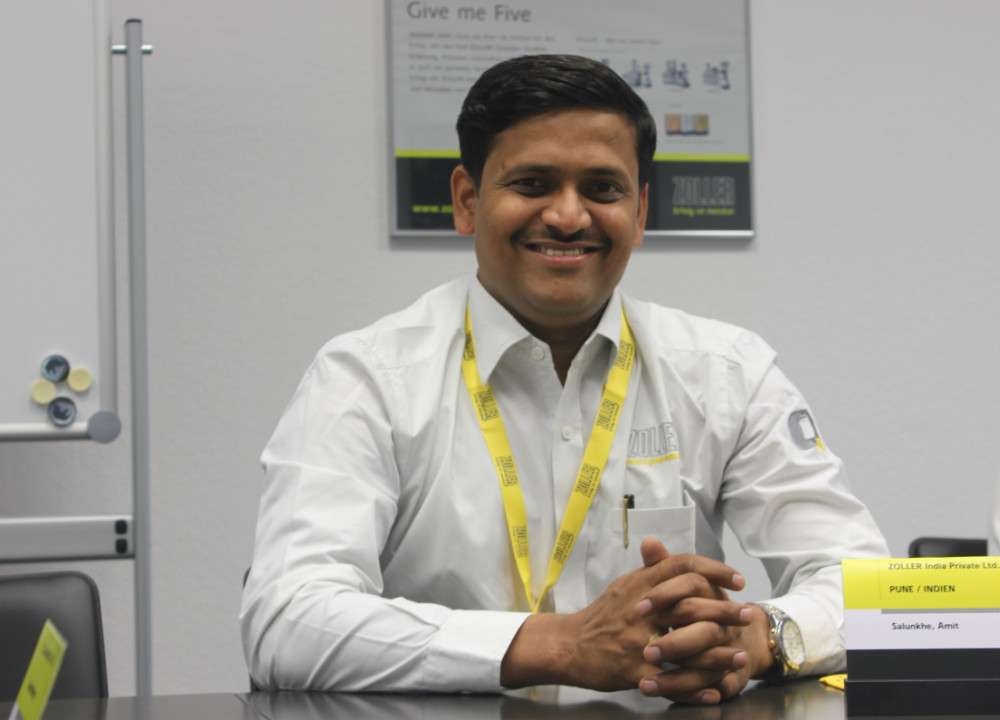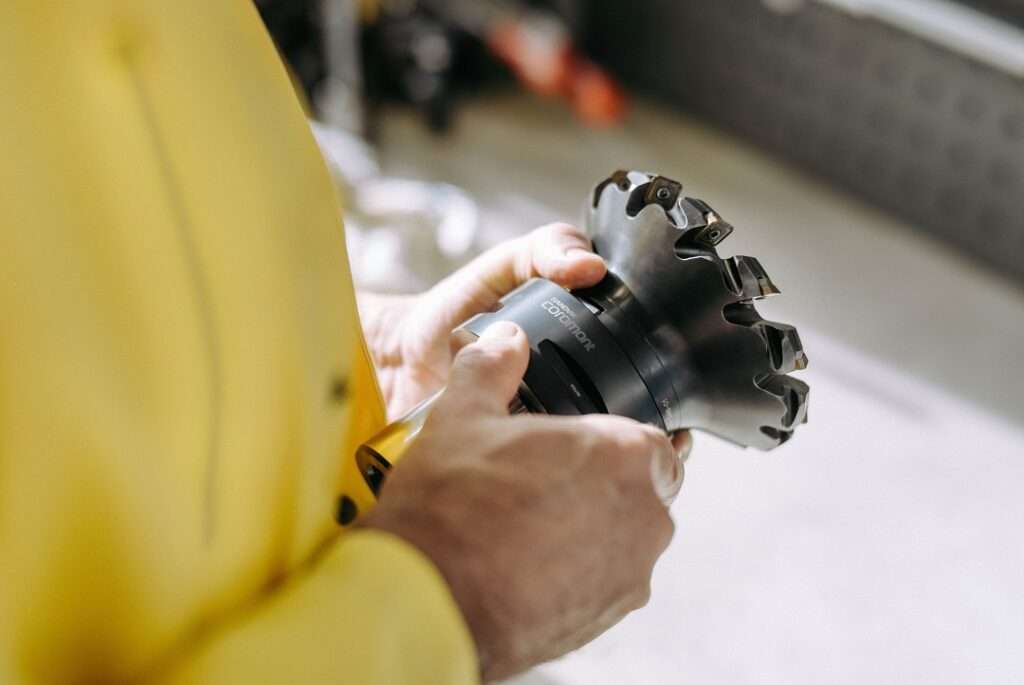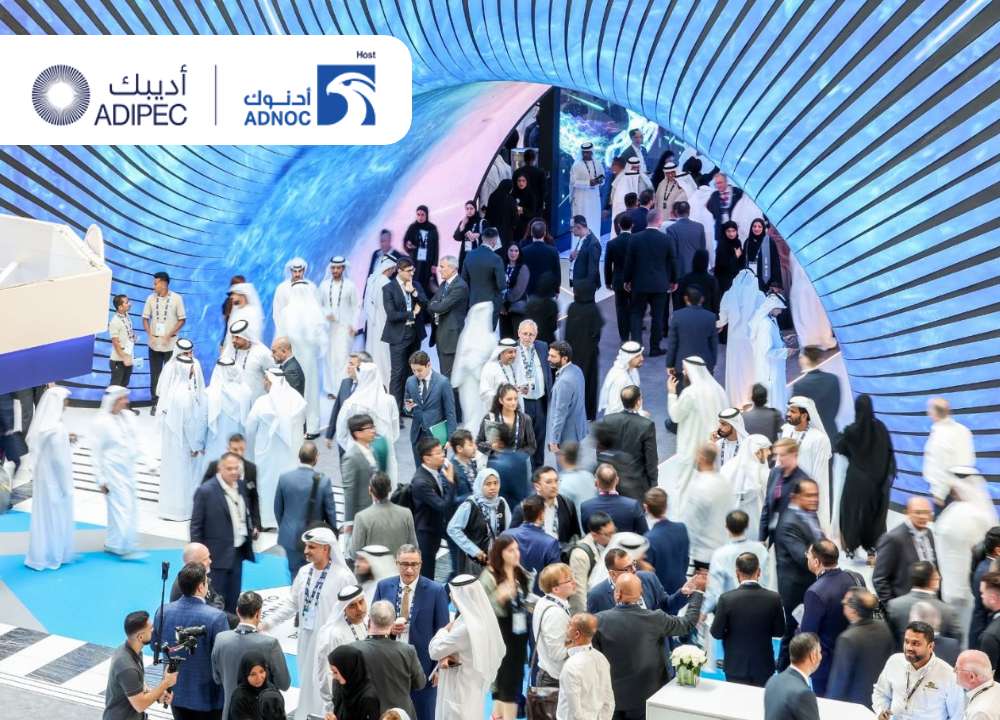The involvement of civic-minded citizens in urban development is welcome, always. At times though, their efforts come to nothing. What comes to mind is from a few years ago, the spectacle of stylishly attired cyclists pedaling down Bangalore’s main drag, MG Road. Their t-shirts and water bottles displayed the logo of a prominent brand. Then you notice the banners they are carrying. “Repair the potholes.”
And whoosh! The event is over before you can say “greased lightning.”
What did the spectacle achieve? For sure, the potholes remained unfixed. But the sight of the cyclists displaying the brand logo persisted in the mind of viewers. The brand registered, the road remains bumpy and dangerous to drive on.
As an aside, the potholes did eventually get filled after a scooter hit one and the rider was seriously injured.
So it was a gimmick. And typical of the marketing focus of such advertising tactics, there seemed to be no thought given to actually getting the authorities to fix the potholes. Just get the brand out there for people to see, for media to capture in words and images.
To each his own, of course! We should welcome every effort to flag civic problems so authorities notice and act to remedy them.
It is a visible demonstration of corporate social responsibility by the companies that own the brand. They deserve our appreciation and gratitude.
However, there is another approach to civic involvement in urban policy. As part of Indfrag Changemakers, we stepped into this civic issue. After all, as an organization headquartered in the city of Bangalore, we want to help where we can to make it easier for the residents.
About a year ago, we found volunteers within our organization and selected a manageable area near the Indfrag office. Potholes were then identified and cleaned up. To fill them, the volunteers selected a cold asphalt mix instead of the conventional road building material which requires the road to be blocked for a day or two to be set. Cold asphalt is supplied in 2 parts. When mixed it become hard in a short time. It is a simple process, quick and effortless, but expensive. First, clean up the debris and the dirt present in the pothole, add the cold asphalt mix and level the pothole by driving a car over it. And voila! a pothole fixed in three easy steps and can be done by anyone who wants to participate in an independent civic project like this. To add incentive, companies that wish to take this up can paint their logo on the filled pothole saying “We did it!”.
While cold asphalt is a more expensive option, which may make it challenging to conduct it on a large scale, there are other options. For example, there is a portable asphalt producing machine made by a small company in Coimbatore. The cost for this is minimal, at about Rs 5 lakhs. This can be bought by interested brands and organizations and given to socially conscious corporate executives to do the filling. This does not require any electricity but operates on its own little engine. It mixes tar and jelly and sand and you can just pour it into the pothole
From our experience, it seems to be an easy lesson in low cost, high impact civic and social responsibility that can be undertaken by anyone or any organization with the desire to do so. Now more than ever, it is important for organizations and individuals to make a difference, working toward social and civic welfare.







